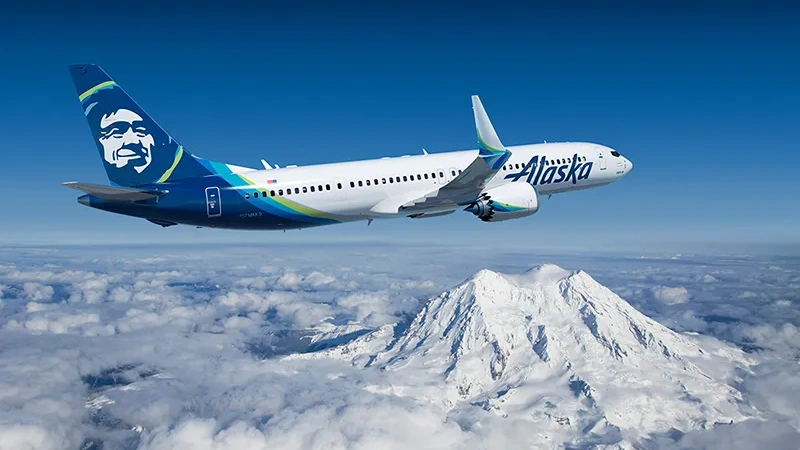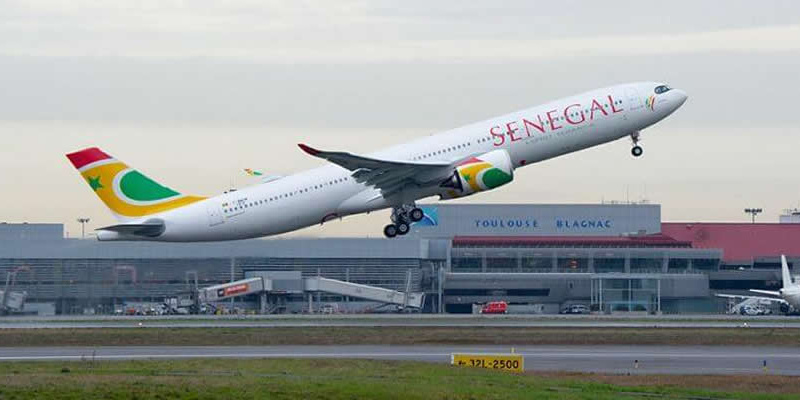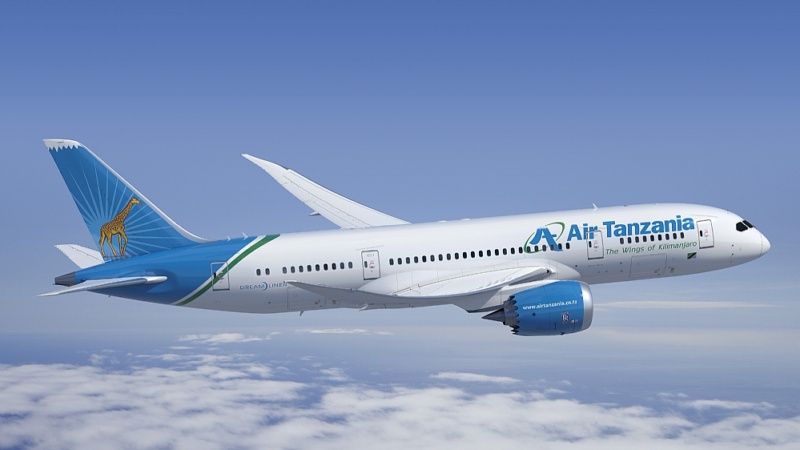United Nigeria Airlines Expands with CRJ900 to Boost Regional Flight Ambitions

United Nigeria Airlines has taken a significant step forward by introducing its first leased CRJ900 jet, sourced from South African operator CemAir. This strategic fleet addition marks a pivotal moment in the carrier’s development, as it gears up to launch its initial regional flights and compete more vigorously within West Africa’s dynamic aviation market.
The arrival of the CRJ900 is particularly noteworthy for the Nigerian airspace, where this type of regional jet has already established a strong presence. Operators such as Ibom Air and ValueJet have incorporated the CRJ900 into their operations, with Gateway Air also planning to introduce this model soon. The growing adoption of these versatile jets reflects a broader industry trend: African airlines are turning to fuel-efficient, medium-capacity aircraft to meet rising demand and optimize route performance.
For United Nigeria Airlines, the decision to lease rather than purchase its first CRJ900 demonstrates both agility and foresight. Leasing allows for quick fleet modernization and expansion without the heavy capital investment required for outright purchase. This approach is gaining traction among African carriers, as it enables them to rapidly adapt to market shifts and scale operations in line with evolving passenger needs.
The CRJ900 itself is well-suited to the realities of Nigerian and regional aviation. With seating for approximately 90 passengers and the ability to efficiently serve short- to medium-haul routes, the aircraft is ideal for connecting key urban centers and potentially underserved destinations. Its proven performance on the continent is a testament to its reliability and operational cost-effectiveness—qualities that are especially valuable in the competitive West African market.
United Nigeria Airlines’ timing is strategic: the regional aviation sector is experiencing renewed growth, and demand for intra-African connectivity is accelerating. As the airline prepares to inaugurate its first regional flights, strengthening its fleet with the CRJ900 positions it to respond to new business opportunities and shifting passenger expectations. The move also signals the carrier’s intent to play a more prominent role in facilitating trade, tourism, and investment flows across the sub-region.
This expansion is not only about adding capacity; it also highlights the importance of cross-border collaboration in African aviation. The partnership with CemAir, a respected South African lessor, illustrates how African airlines can leverage intra-continental relationships to access modern equipment and technical expertise. Such partnerships foster knowledge exchange and drive industry standards upward, benefiting the entire aviation ecosystem.
The CRJ900’s growing popularity in Nigeria and across Africa points to a shift in fleet strategy among regional carriers. Rather than relying solely on larger, less flexible aircraft, airlines are now investing in right-sized jets that offer both operational efficiency and route flexibility. This shift is likely to accelerate as passenger numbers recover and the continent’s markets become even more interconnected under initiatives like the Single African Air Transport Market (SAATM).
For professionals in Africa’s travel sector, United Nigeria Airlines’ latest move is a signal of the industry’s ongoing transformation. Enhanced regional connectivity will create new opportunities for business, leisure, and diaspora travel, while also stimulating the development of local tourism and hospitality sectors. The introduction of the CRJ900 is expected to help the airline deliver a more consistent and reliable service, factors that are crucial for building passenger loyalty and confidence.
As United Nigeria Airlines readies for its regional expansion, attention will turn to how effectively it integrates the CRJ900 into its operations. The carrier’s ability to deliver punctual, safe, and customer-centric flights will be key to establishing its reputation beyond Nigeria’s borders. Further, success on regional routes could pave the way for future fleet enhancements and the introduction of additional aircraft types tailored to emerging market needs.
The story of United Nigeria Airlines’ fleet growth echoes broader trends across sub-Saharan Africa, where airlines are rethinking their strategies to stay competitive in a rapidly changing landscape. As the continent’s economies grow and mobility becomes ever more important, those airlines that invest in modern, adaptable fleets and forge strong partnerships will be best placed to thrive.
Ultimately, the arrival of the CRJ900 marks a new chapter for United Nigeria Airlines and underscores the growing sophistication of Nigeria’s aviation sector. For the wider African travel industry, it is a reminder of the value of innovation, collaboration, and smart investment in building a more connected and prosperous future.
Originally Published at travelnews.africa






